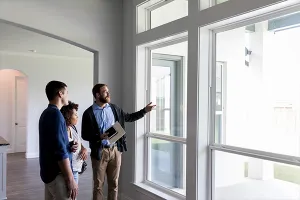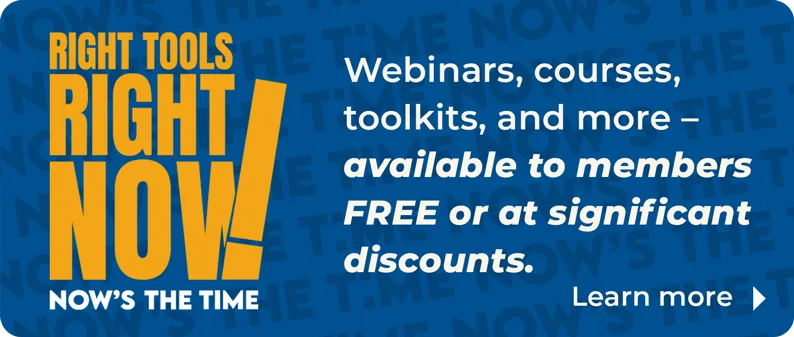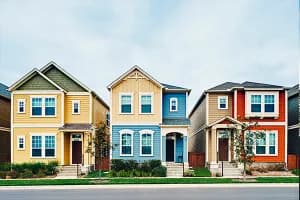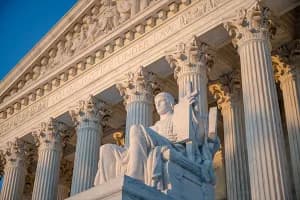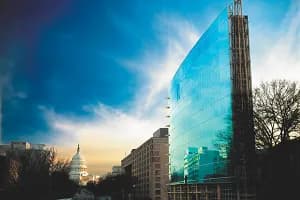
Beginning in the late 1950s and throughout the 1960s, a generously funded federal highway program carved large swaths through countless neighborhoods and cities across the country. In Rochester, N.Y., an extension of the national highway system known as the Inner Loop displaced hundreds of homes and businesses as it encircled the city’s downtown. In New Orleans, an oak-lined boulevard gave way to the Claiborne Expressway, an elevated freeway offshoot of I-10. In Seattle, one freeway cleaved the city in two as an elevated companion along Elliot Bay cut off the city’s downtown from its stunning waterfront.
Similar stories played out in Dallas, Atlanta, Baltimore and dozens of other American cities as states fulfilled the mandate of the Interstate Highway Act of 1956. While the freeways connected core cities to emerging suburbs and to other cities, their urban manifestation split neighborhoods while displacing over a million residents and businesses—largely, but not always, in low-income areas—and left depressed property values and underproductive land in their wake.
In 2021—65 years after the Interstate act—the federal government created a program with the intention of helping cities, their residents, and business communities repair some of the damage from divisive infrastructure. Included in the 2021 Infrastructure Investment and Jobs Act, the Reconnecting Communities program provides $1 billion over five years for communities to explore whether and how to remove or restructure underused, outdated or decaying highway segments and thereby allow for surrounding neighborhoods to revive and redevelop. The U.S. Department of Transportation website calls it “the first-ever Federal program dedicated to reconnecting communities that were previously cut off from economic opportunities by transportation infrastructure.” Grants under the program can go to local governments and community- or business-led organizations for planning and design work, or to transportation agencies for capital improvements. Plans that become ripe for action down the road could be eligible for construction funding from several other pots of federal transportation dollars.
When USDOT began accepting applications in September 2021, “it was as though the flood gates opened,” says Ben Crowther, advocacy manager at America Walks, a national nonprofit that is tracking response to the program. “I attended one DOT informational webinar that had about 5,000 participants.”
Applying cities are as diverse as they are far-flung. A sampling: In Dallas, a business-led coalition is looking to replace a decaying 1.4-mile stretch of elevated freeway with boulevards, “transforming the surrounding 245 acres [of ] empty parking lots and undeveloped land into a mixed-income, mixed-use neighborhood that will generate jobs, create affordable housing, and improve the quality of life.” The city of Buffalo, N.Y., put in for a planning grant to fill the trench created by the Kensington Expressway and restore a historic parkway designed by Frederick Law Olmsted. Baltimore is seeking to remove an uncompleted, 1.4-mile segment known as the “Highway to Nowhere” and redevelop areas of West Baltimore. Similar moves are afoot in Tulsa, Okla.; Minneapolis; Detroit; and Portland, Ore.
Precedents offer inspiration
While Reconnecting Communities is the first formal program to revitalize areas devalued by federal highway construction, several communities have made such moves on their own in recent years. Best-known, perhaps, is San Francisco’s removal of the double-decker Embarcadero Freeway after it was damaged in a 1989 earthquake. It was replaced by a boulevard and streetcar line, and the more than 100 acres of waterfront land gave way to a new public plaza and promenade, as well as dense commercial development and multifamily housing. In Milwaukee, the removal of the Park East Freeway—part of an uncompleted downtown loop—in the early 2000s opened 24 acres of intown property for redevelopment. Similarly, New York City replaced the West Side Highway with a waterfront boulevard.
More recently, Seattle in 2019 saw the demolition of the double-decker state Route 99 along the downtown waterfront. Since then, millions of private and public dollars have been pouring in to create new roadways, plazas and multifamily and commercial development. Mike McGinn was the mayor of Seattle when the state began work to replace a seismically vulnerable viaduct with a tunnel, the culmination of more than a decade of contentious debate over whether to replace or simply remove the waterfront scar.
“One of the reasons the debate went on as long as it did was because there were competing business interests,” says McGinn. “On one side you had port and related interests worried about highway capacity, and on the other side you had the downtown businesses and property owners, who recognized that the noise, pollution and visual blight of the highway were terrible for property values.”
Coming off that downtown success, Seattle is seeking a Reconnecting Communities grant to explore the conversion of another section of Highway 99, through the South Seattle neighborhood of South Park. Removing the highway segment “would free up 40 acres of much-needed land for affordable housing, grid reconnection, green space, and small businesses,” according to Seattle planning director Rico Quirindongo.
